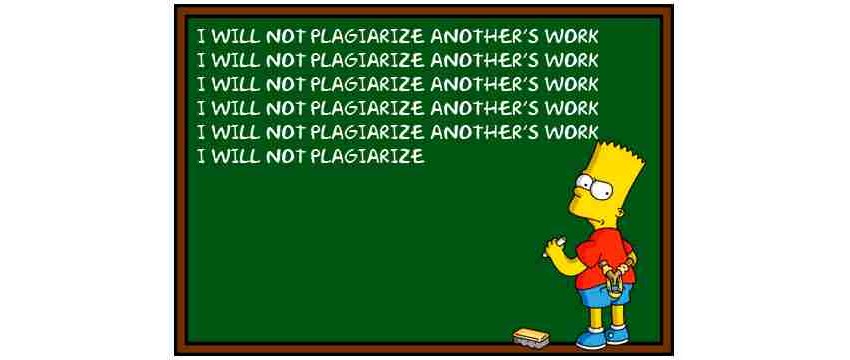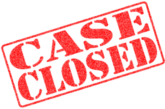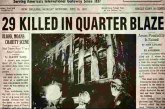
There is a very real difference between the degree of genealogical research that a person does. It is either unique or it is copied. The question is: which do you do?
When I first started doing this, I found nothing about my family. I looked high and low for any other possible relatives. I knew there had to be more people than the ones I know with my own surname that I am related to. However, there was nothing through Ancestry.com that would prove this idea to be true. I found nothing.
When I deviated from my own surname to other family names, families that I am descended from, I found some information. There were already trees on Ancestry with some of the information that I was looking for. Now came the dilemma. Do I copy what they have and accept it as my own? It would save me a great deal of time and expense in finding these people manually. My cousins, aunts, and uncles were there looking at me from the screen. The names and dates. How very tempting. Should I copy it?
I was very green in this field of study but I knew from my years as being a student in college that any research done has to be unique. This was all a greater part of the critical thinking that I developed through my studies. You can cite sources but the conclusions you write have to be your own. Plagiarism is never acceptable. I considered the possibility of copying their work, but resisted. How was I to know that they did the grinding hard work of research that I was doing and their information was as good as mine? I could cite sources for everything I had. Copying their work would mean a short cut to achieve my results.
After picking on elusive relatives that I knew I could find the information on, another trip back to the county of origin was in order. What I discovered was disappointing. The information I found online that was done by someone else did not match the records that I was looking at. Now what?
I went looking for other relatives. Names, dates, places, and the like were on my list of items to collect. I found numerous trees. When I focused on a name in an area and delved further into it, I used the records in the county to sort and define who people were and how they were related. Once I was complete with my investigation and exhausted all possible records, defining the different families of the same names in the name in the same county and surrounding areas was easy to do. I went back to the internet to do a comparison. Some of the names were there, but the information was all wrong. I found children, marriages, names, and relationships that were incorrect. Horribly, terribly incorrect.
This is when I learned that there are “lazy genealogists” that copy, add, and assimilate everything they find into a single family. It is beyond me why some people believe that there was exclusively one person with that name (ie. John Ralston). What was worse to discover was the information plugged into the One World Tree and other public family trees on Ancestry, and through their affiliated Web sites, was being copied by an unsuspecting public at large.
In the end, my endeavors to dis-spell these was a war I could never win. Some people simply didn’t care. Unfortunately, I was viewed as rude and even called names. I sealed my work from Ancestry and decided that only with family, including cousins of any degree, that I could find I would share whatever information they were interested in.
Q. What do you do when you find a tree or other information that matches the people you are researching?
A. Use it as a guide, but do not copy it. They might have something right. However, why ruin the fun that is also the point of genealogy: the research. Look, learn, discover.
Goodluck.




